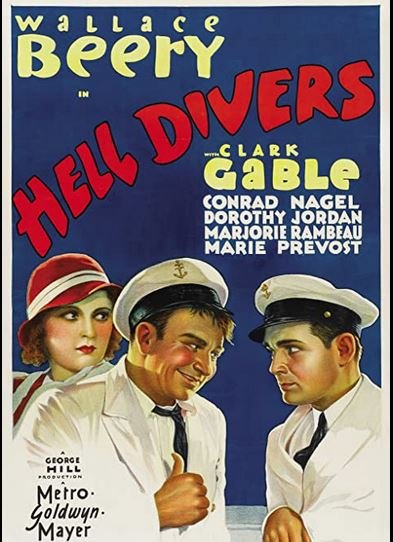Stardogchampion
Newbie
- Joined
- Dec 4, 2021
- Messages
- 3
Hi,
I am considering looking at a Cutwater 24. It seems that the Cutwater 28 models normally are powered with the 260 hp Volvo diesel inboard. And normally the Cutwater 24 models have a gas outboard. However I found a Cutwater 24 with a 220 hp Volvo inboard diesel. The broker says that the previous owner had this special built.
My question is this: if I get this boat do you think I run a risk of having issues since this particular engine was not "normally" used with the 24? All the 24s I have seen have a gas outboard. I like the boat but am just a bit cautious since this boat was a special order. To me it is like if I was buying a Toyota Corrolla and had a factory install of a Cummins Diesel in the frame of the car....i.e. it would cause the vehicle to handle in a different manner and possibly cause interference with other componets in the vehicle. Is this a fair analogy?
Thanks!
I am considering looking at a Cutwater 24. It seems that the Cutwater 28 models normally are powered with the 260 hp Volvo diesel inboard. And normally the Cutwater 24 models have a gas outboard. However I found a Cutwater 24 with a 220 hp Volvo inboard diesel. The broker says that the previous owner had this special built.
My question is this: if I get this boat do you think I run a risk of having issues since this particular engine was not "normally" used with the 24? All the 24s I have seen have a gas outboard. I like the boat but am just a bit cautious since this boat was a special order. To me it is like if I was buying a Toyota Corrolla and had a factory install of a Cummins Diesel in the frame of the car....i.e. it would cause the vehicle to handle in a different manner and possibly cause interference with other componets in the vehicle. Is this a fair analogy?
Thanks!



